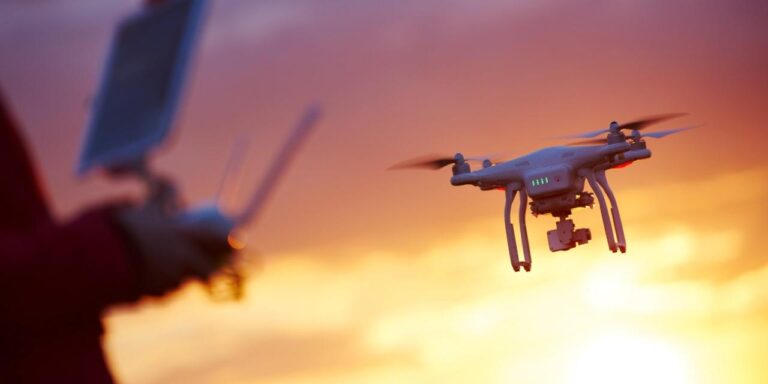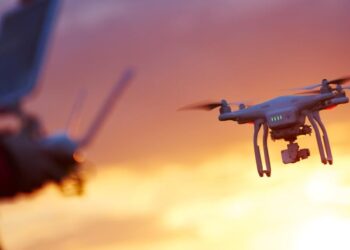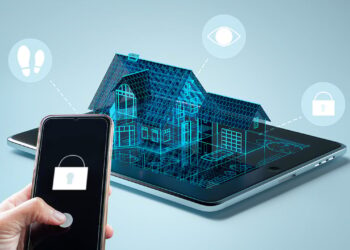The world of unmanned aerial vehicles (UAVs), commonly known as drones, is experiencing an explosive period of innovation. What began as simple remote-controlled toys has rapidly evolved into sophisticated flying machines capable of breathtaking aerial photography, complex cinematic sequences, precise surveying, efficient delivery, and critical search and rescue operations. For enthusiasts, content creators, and industry professionals, understanding the new drone model specifications is paramount to unlocking unparalleled capabilities and achieving desired outcomes. This comprehensive article delves into the cutting-edge features, performance metrics, and technological advancements that define the latest generation of drones, dissecting their impact and guiding you through the intricate details that make these aerial platforms so revolutionary. Get ready to explore the future of flight, unveiled.
The Core of Aerial Excellence
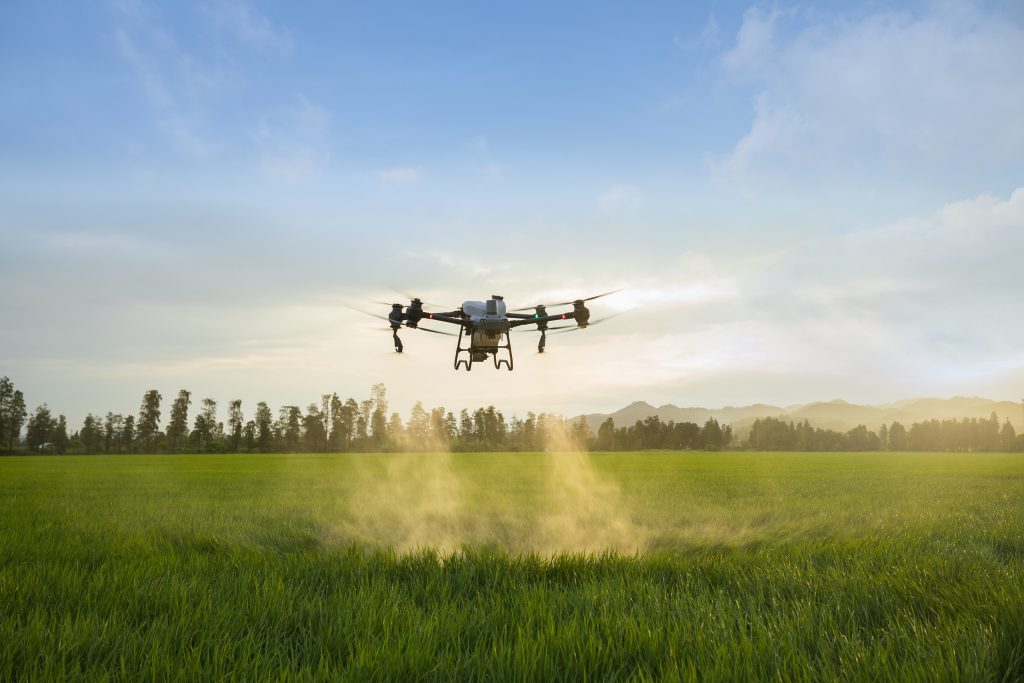
The fundamental capabilities of any drone lie in its flight performance, stability, and the precision with which it can be controlled. Newer models push these boundaries further than ever before.
A. Flight Time and Battery Technology
Flight time is arguably the most critical performance metric for any drone, directly impacting operational range and mission duration. Recent advancements in battery technology have significantly extended how long drones can stay airborne.
- Lithium-Ion Polymer (LiPo) Batteries: The vast majority of modern drones utilize high-density Lithium-Ion Polymer (LiPo) batteries. These offer an excellent power-to-weight ratio. The innovation isn’t just in raw capacity (mAh), but in the battery’s chemical composition and internal resistance, allowing for more efficient power delivery and reduced voltage sag during demanding maneuvers.
- Increased Energy Density: Manufacturers are continuously improving the energy density of LiPo cells, packing more power into the same physical footprint. This translates directly to longer flight times (e.g., 30-45 minutes or more on a single charge for consumer drones, and even longer for industrial models with optimized payloads).
- Intelligent Flight Batteries: Modern drones feature “intelligent” flight batteries. These integrate sophisticated Battery Management Systems (BMS) that monitor cell health, voltage, temperature, and charge cycles. They also offer features like:
- Self-Discharge Protection: Batteries automatically discharge to a safe storage voltage when idle for extended periods, extending battery lifespan.
- Overcharge/Over-discharge Protection: Prevents damage from improper charging or complete depletion.
- Temperature Management: Optimizes charging and discharging in varying temperatures.
- Status Indicators: LEDs to quickly check charge level.These features not only enhance safety but also extend the overall lifespan of the costly battery packs.
- Fast Charging Capabilities: Many new drones support fast charging, significantly reducing downtime between flights, which is crucial for professional users on location. Chargers often feature multiple ports to charge several batteries simultaneously.
B. Propulsion Systems
The combination of motors, propellers, and electronic speed controllers (ESCs) dictates a drone’s thrust, efficiency, and maneuverability.
- Brushless Motors: Virtually all modern drones use brushless motors (BLDC). These are highly efficient, durable, and offer precise control compared to older brushed motors. Advancements focus on optimized stator and rotor designs for higher thrust-to-weight ratios and reduced power consumption.
- Aerodynamic Propellers: Propeller design is critical. Manufacturers are developing more aerodynamic and efficient propellers (e.g., quick-release folding propellers) that generate more lift with less power, reduce noise, and often feature a quieter flight profile. Carbon fiber composites are used for rigidity and lightness in high-performance models.
- Electronic Speed Controllers (ESCs): Advanced ESCs provide precise control over motor speed and response, crucial for stable flight and agile maneuvers. Newer ESCs are smaller, more efficient, and integrate complex algorithms for smoother motor synchronization.
C. Flight Stability and GPS
Maintaining stable flight and accurate positioning is fundamental, particularly for aerial photography and automated missions.
- GNSS Modules (GPS, GLONASS, Galileo, BeiDou): Modern drones integrate multi-constellation Global Navigation Satellite Systems (GNSS) modules that receive signals from multiple satellite networks (GPS, GLONASS, Galileo, BeiDou). This redundancy leads to incredibly accurate and reliable positioning, reducing signal drift and improving hover precision.
- Vision Positioning Systems (VPS): For indoor flight or areas without strong GPS signals, Vision Positioning Systems (VPS) use downward-facing optical sensors and ultrasonic sensors to measure the drone’s position relative to the ground. This allows for stable hovering even without satellite lock.
- IMU and Barometer: The Inertial Measurement Unit (IMU) (accelerometers and gyroscopes) measures the drone’s orientation and movement, while a barometer provides accurate altitude hold. Redundant IMUs provide fail-safe operation.
- Wind Resistance: Improved motor power, aerodynamic design, and advanced flight controllers allow new drones to withstand higher wind speeds, enabling stable flight in more challenging weather conditions.
Camera Systems
The camera system is often the defining feature of a drone, crucial for capturing stunning aerial photos and videos. Recent advancements focus on higher resolution, better low-light performance, and advanced cinematic capabilities.
A. Sensor Technology
The size and type of camera sensor directly impact image quality, dynamic range, and low-light performance.
- Larger Sensors (1-inch, Micro Four Thirds, APS-C): While smaller drones use 1/2.3-inch or 1/1.7-inch sensors, professional-grade drones are now integrating much larger sensors like 1-inch, Micro Four Thirds (M4/3), or even APS-C sensors. Larger sensors capture more light, resulting in:
- Superior Low-Light Performance: Cleaner images with less noise in dim conditions.
- Wider Dynamic Range: Better retention of detail in both highlights and shadows.
- Shallower Depth of Field: Creates a more cinematic look with blurred backgrounds, especially with wider apertures.
- Stacked CMOS Sensors: Some high-end drones feature stacked CMOS sensors, which allow for faster readout speeds, minimizing rolling shutter distortion (jello effect) when panning rapidly and enabling higher frame rates for video.
- Dual Native ISO: Cameras with dual native ISO circuits offer exceptionally clean images at two specific ISO settings, providing more flexibility in varied lighting conditions.
B. Resolution and Frame Rates
- 4K/60fps and 8K Video: Standard consumer drones now offer 4K video recording at 60 frames per second (fps) for incredibly smooth and detailed footage. Professional models are pushing into 8K video recording, providing immense flexibility for cropping, reframing, and maintaining detail in post-production.
- High Megapixel Stills: Cameras on new drones offer high megapixel counts (e.g., 20MP, 48MP) for still photography, allowing for large prints and significant cropping capabilities.
- Slow-Motion Capabilities: Higher frame rates at lower resolutions (e.g., 1080p/120fps or 240fps) enable stunning slow-motion video, perfect for capturing dramatic action sequences.
C. Gimbal Stabilization
A multi-axis gimbal is crucial for isolating the camera from drone movements, ensuring perfectly stable and smooth footage.
- 3-Axis Mechanical Gimbals: The standard for professional results, 3-axis mechanical gimbals use brushless motors to counteract pitch, roll, and yaw movements, keeping the camera perfectly level regardless of drone orientation.
- Enhanced Stabilization Algorithms: Advanced algorithms further improve stability, even in windy conditions or during aggressive maneuvers.
- Rotation and Control: Gimbals offer a wide range of motion (e.g., 90-degree tilt, 360-degree pan) and can be controlled independently by a second operator for complex cinematic shots.
- Swappable Gimbals: Some professional drones offer swappable gimbals, allowing different cameras (e.g., zoom lens, thermal camera, or custom payload) to be attached for specialized missions.
D. Lens Technology
- Variable Aperture: Some drone cameras feature a variable aperture (e.g., f/2.8 to f/11), allowing photographers to control depth of field and exposure more precisely in different lighting conditions.
- Optical Zoom: While most drones use fixed focal length lenses, some now offer optical zoom lenses (e.g., 2x, 7x zoom) for getting closer to subjects without sacrificing image quality, crucial for inspection or surveillance.
- ND Filters (Neutral Density): Built-in or accessory ND filters are essential for controlling shutter speed in bright conditions, crucial for achieving cinematic motion blur in video (e.g., 1/50s shutter speed for 24fps video).
Intelligent Flight Modes and Automation
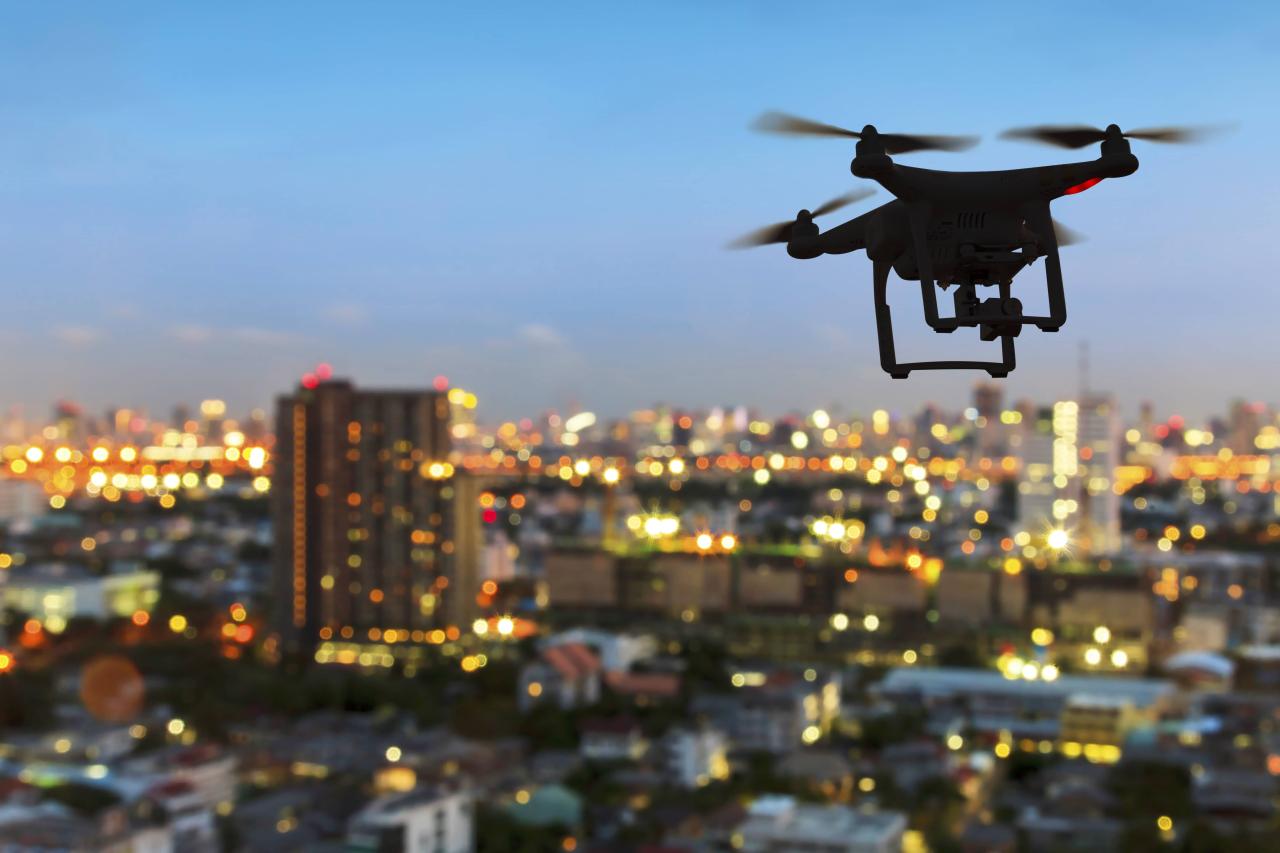
New drone models are packed with sophisticated intelligent flight modes and autonomous capabilities, making complex shots easier to achieve and enhancing operational efficiency.
A. Obstacle Avoidance
Omnidirectional obstacle avoidance systems use multiple sensors (optical, infrared, ultrasonic) to detect obstacles in all directions (forward, backward, sideways, upward, downward).
- Real-Time Mapping: These systems create a real-time 3D map of the drone’s surroundings, allowing it to autonomously avoid collisions by braking or rerouting its flight path.
- Enhanced Safety: Significantly reduces the risk of crashes, especially for beginners or in complex environments.
- ActiveTrack and Follow Me: Obstacle avoidance is crucial for intelligent tracking modes, allowing the drone to follow a subject while autonomously avoiding trees or buildings.
B. Advanced Tracking Modes
- ActiveTrack (Next Gen): More sophisticated versions of ActiveTrack can recognize and track a wider range of subjects (humans, vehicles, animals) with greater precision, even if they momentarily disappear from view. They offer various tracking modes (e.g., parallel, spotlight, circle).
- Spotlight: Keeps the camera locked on a subject while the drone can be flown freely around it, allowing the pilot to focus solely on flight maneuvers.
- POI (Point of Interest) 2.0: Automatically circles a selected subject at a set radius and altitude, perfect for creating dynamic orbiting shots.
C. Automated Flight Paths (Waypoints)
- Waypoint Navigation: Users can set multiple waypoints on a map, and the drone will autonomously fly a pre-programmed route, taking photos or videos at specific points. This is invaluable for repeatable shots, surveying, or industrial inspections.
- Hyperlapse/Timelapse: Automated flight paths combined with precise interval shooting allow for stunning hyperlapse or motion timelapse videos.
D. Return-to-Home (RTH) and Failsafe
- Smart RTH: Drones automatically Return-to-Home (RTH) when battery is low or control signal is lost. Smart RTH avoids obstacles during the return path and prioritizes safe landing spots.
- Precision Landing: Advanced vision systems allow drones to precisely land exactly where they took off, even in challenging environments.
- Lost Drone Recovery: Features like “Find My Drone” (similar to Find My Phone) can help locate a lost drone using GPS data and audible signals.
Transmission and Control
The link between the pilot and the drone is critical for safe and effective operation. New transmission technologies offer greater range, reduced latency, and enhanced signal reliability.
A. Proprietary Transmission Systems
- Ocusync, Lightbridge, O4, etc.: Major drone manufacturers develop their own proprietary transmission systems (e.g., DJI’s OcuSync, Lightbridge, or the newer O4). These systems optimize signal strength, latency, and resistance to interference, allowing for:
- Extended Transmission Range: Fly drones safely over several kilometers (e.g., 10-15 km or more in ideal conditions) while maintaining a stable video feed.
- Low Latency Video Feed: Near real-time transmission of the camera feed to the remote controller, crucial for precise control and framing.
- Dual-Frequency Operation: Automatic switching between 2.4 GHz and 5.8 GHz frequencies to avoid interference and maintain a strong connection.
- Direct-to-Controller Video: High-resolution video is streamed directly to the remote controller’s integrated screen (on models like DJI RC Pro) or a connected smartphone/tablet.
B. Remote Controllers
- Ergonomic Design: Modern remote controllers are designed for comfortable grip and intuitive button placement, reducing fatigue during long flights.
- Integrated Screens: Many high-end controllers now feature built-in high-brightness screens, eliminating the need to connect a smartphone and providing a dedicated, uncluttered display for flight and camera information, especially useful in bright sunlight.
- Customizable Controls: Programmable buttons and dials allow pilots to customize controls for specific functions, streamlining workflow.
- Dual Operator Mode: For professional filmmaking, some drones support dual operator mode, where one person controls the drone’s flight and another controls the camera/gimbal independently, allowing for highly complex and cinematic shots.
Software and Ecosystem
The hardware is brought to life by sophisticated software and a comprehensive ecosystem of apps and services.
A. Flight Control Apps
- User-Friendly Interface: Flight control apps (e.g., DJI Fly, DJI Go 4) provide an intuitive interface for flight operations, camera settings, intelligent flight modes, and drone status monitoring.
- Pre-Flight Checks: The app often guides pilots through essential pre-flight checks, ensuring safety and compliance.
- Flight Logs and Analytics: Records detailed flight logs, including flight paths, altitude, speed, and battery consumption, useful for post-flight analysis or troubleshooting.
- Firmware Updates: Manages and installs firmware updates for the drone, controller, and batteries, ensuring optimal performance and access to new features.
B. Post-Processing Software
- D-Log/HLG Profiles: Professional drones offer log or HLG (Hybrid Log-Gamma) video profiles, which capture a flat, desaturated image with maximum dynamic range. This is designed for extensive color grading in post-production, allowing for a cinematic look.
- RAW Photo Formats: Support for RAW photo formats (DNG) provides maximum flexibility for post-processing still images, allowing for greater detail recovery in highlights and shadows.
- Dedicated Editing Software: While not drone-specific, powerful video editing software (e.g., Adobe Premiere Pro, DaVinci Resolve) and photo editing software (e.g., Adobe Lightroom, Photoshop) are essential for transforming raw drone footage into polished final products.
C. SDKs and Developer Programs
Software Development Kits (SDKs): Many drone manufacturers offer SDKs that allow developers to create custom applications and automate specific drone functionalities, opening up possibilities for specialized industrial or commercial uses (e.g., automated inspection, precision agriculture).
Specialized Drone Categories and Emerging Trends
Beyond consumer and prosumer models, the drone industry is rapidly diversifying into highly specialized applications, driven by continuous technological advancements.
A. FPV (First Person View) Drones
- Immersive Experience: FPV drones are designed for a highly immersive flight experience, where the pilot sees the world through the drone’s camera via goggles. They offer unparalleled agility and speed, allowing for incredible acrobatic maneuvers and cinematic “one-shot” takes.
- Manual Control: FPV drones often require significant manual piloting skill, offering a direct and unfiltered connection to the flight.
- Applications: Popular for action sports, extreme cinematography, and racing.
B. Delivery Drones
- Last-Mile Delivery: Companies are heavily investing in delivery drones for “last-mile” logistics, delivering packages, medical supplies, and food, especially in remote or difficult-to-access areas.
- Payload Capacity: These drones are designed with increased payload capacity and efficient propulsion for carrying various goods.
- Autonomous Navigation: Rely heavily on advanced autonomous navigation, obstacle avoidance, and precise landing technologies.
C. Industrial and Enterprise Drones
- Inspection Drones: Equipped with high-resolution thermal, multispectral, or zoom cameras, these drones are used for inspecting infrastructure (bridges, power lines, wind turbines), surveying large areas, and monitoring agricultural fields.
- Mapping and Surveying Drones: Drones with RTK/PPK (Real-Time Kinematic/Post-Processed Kinematic) GPS technology offer centimeter-level mapping accuracy, crucial for construction, land management, and mining.
- Search and Rescue (SAR): Drones equipped with thermal cameras, spotlights, and loudspeakers are invaluable tools for search and rescue operations, especially in hazardous terrain or at night.
D. Emerging Trends
- Beyond Visual Line of Sight (BVLOS): Regulatory frameworks are evolving to allow BVLOS drone operations, opening up vast new possibilities for long-range inspections, deliveries, and autonomous missions.
- Drone-in-a-Box Solutions: Fully autonomous systems where drones are housed in a self-charging, weather-proof box, ready for on-demand deployment for security, surveillance, or routine inspections without human intervention.
- AI-Powered Autonomy: Drones will feature increasingly sophisticated onboard AI for more intelligent decision-making, adaptive flight control, and real-time data analysis (e.g., identifying anomalies during an inspection directly onboard).
- Hydrogen Fuel Cell Drones: For ultra-long endurance applications, hydrogen fuel cell technology promises significantly longer flight times than LiPo batteries, crucial for heavy-lift or extended surveillance missions.
- Swarm Robotics: The development of drone swarms, where multiple drones communicate and cooperate autonomously to achieve complex tasks (e.g., large-area mapping, synchronized light shows), will revolutionize various industries.
Regulations and Responsible Flying
As drone technology advances, so too do the regulations governing their use. Responsible flying is crucial for safety and the continued growth of the industry.
A. Know Your Local Regulations
- Drone Registration: Many countries require drone registration for aircraft over a certain weight.
- No-Fly Zones: Be aware of and respect no-fly zones around airports, government buildings, military bases, and critical infrastructure.
- Altitude Limits: Adhere to maximum altitude limits specified by aviation authorities.
- Visual Line of Sight (VLOS): In most regions, recreational pilots must maintain visual line of sight with their drone at all times.
- Privacy Concerns: Be mindful of privacy concerns when flying, especially over private property or in public spaces where people expect privacy.
- Certification and Licensing: For commercial operations or flying heavier drones, pilot certifications and licenses are often required.
B. Pre-Flight Checks
- Battery Levels: Ensure all drone, controller, and smart device batteries are fully charged.
- Propeller Condition: Inspect propellers for any damage (cracks, chips) and ensure they are securely attached.
- Gimbal Check: Verify the gimbal moves freely and is calibrated.
- Firmware Updates: Confirm all firmware is up-to-date.
- GPS Signal: Wait for a strong GPS signal lock before takeoff.
- Environmental Factors: Check wind speeds, weather conditions, and potential electromagnetic interference sources.
Conclusion
The latest new drone model specifications represent a breathtaking leap in aerial technology, transforming capabilities across a multitude of applications. From the extended flight times and cinematic camera systems that empower content creators to the intelligent flight modes and robust transmission links that ensure safer, more efficient operations, drones are truly redefining our interaction with the skies.
As these flying marvels continue to evolve, integrating advanced AI, pushing the boundaries of autonomy, and venturing into specialized fields like delivery and large-scale inspection, the potential is limitless. Embrace these innovations responsibly, understand their intricate specifications, and adhere to safety regulations, and you will unlock an unparalleled perspective, capturing stunning visuals, achieving complex tasks, and truly experiencing the world from above. The future of flight is here, and it’s more accessible and powerful than ever before.

